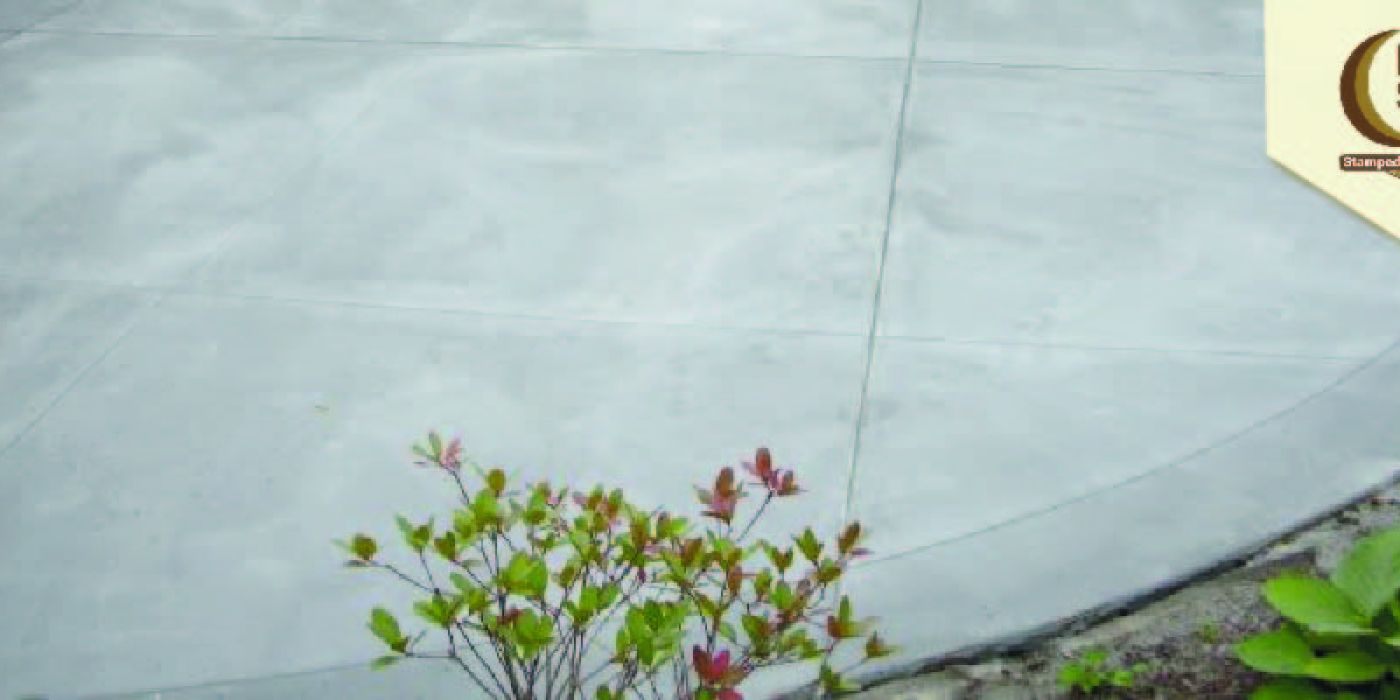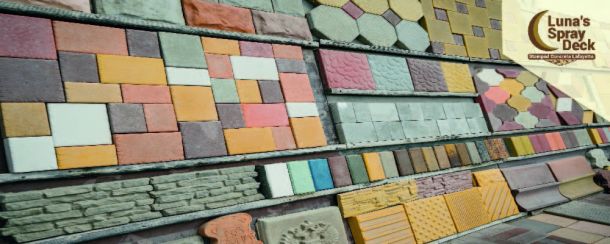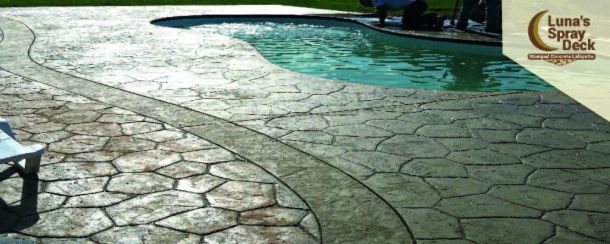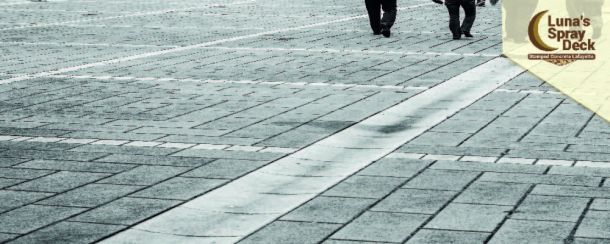
BLOG
Ayudando a propietarios de negocios con recubrimiento de concreto estampado en la ciudad de Lafayette, Opelousas, Lake Charles, Youngsville y Baton Rouge.
Repairing Damaged Concrete Surfaces: Restoring Beauty and Functionality
Concrete is renowned for its durability, but over time, even the toughest surfaces can suffer damage. Cracks, spalling, and surface imperfections can detract from the appearance and functionality of your concrete areas. In this blog, we'll explore the essential steps for repairing damaged concrete surfaces, helping you restore their beauty and prolong their lifespan.
Recognizing the Need for Repair
Before diving into the repair process, it's crucial to identify the types of damage your concrete may have:
1: Cracks: Cracks can vary in size and depth, from small surface cracks to more substantial structural cracks.
2: Spalling: Spalling is the chipping or breaking away of the concrete surface, often due to freeze-thaw cycles or the use of de-icing salts.
3: Scaling: Scaling is similar to spalling but usually affects larger areas, causing the surface to flake off.
4: Pitting and Surface Imperfections: These can result from various factors, including poor finishing during installation or the presence of contaminants.
The Concrete Repair Process
Once you've identified the type of damage, you can proceed with the appropriate repair process:
1. Cleaning and Preparation
Clean the Surface: Remove dirt, debris, and loose concrete using a wire brush or pressure washer.
Address Contaminants: If the damage is due to contaminants like oil or grease, use a degreaser and thoroughly clean the affected area.
2. Crack Repair
For Small Cracks: Fill small cracks with a concrete patching compound or epoxy. Smooth the surface with a trowel.
For Larger Cracks: Use a concrete caulk or hydraulic cement for larger cracks. Ensure it's properly mixed and applied to fill the gap.
3. Spalling and Scaling Repair
Remove Loose Concrete: Chisel away loose or damaged areas until you reach solid concrete.
Apply a Resurfacer: Use a resurfacing compound to create a new, smooth surface. Follow the manufacturer's instructions.
4. Pitting and Imperfections
Surface Repair: Apply a thin layer of repair mortar to fill pits and imperfections. Smooth it out evenly to achieve a uniform surface.
5. Finish and Seal
Finishing Touch: Once the repair materials have set but are not fully cured, finish the surface to match the surrounding concrete.
Seal the Surface: Apply a concrete sealer to protect the repaired area and prevent future damage.
Prevention is Key
Remember that regular maintenance and proper sealing can help prevent future damage to your concrete surfaces. This includes resealing every few years and avoiding the use of harsh de-icing chemicals in cold climates.
Conclusion
Repairing damaged concrete surfaces is a worthwhile investment in preserving the beauty and functionality of your outdoor areas. By following these steps and addressing issues promptly, you can extend the life of your concrete surfaces and enjoy them for years to come.
Terrazas de piscinas, patios, pasarelas, entradas de vehículos, vías de entrada, epoxi para garajes, revestimiento de hormigón de imitación de madera, tablones de madera, juntas de masilla, estampado personalizado.
Nearby Accommodations
Latest Articles

Eco-Friendly Alternatives to Concrete

Stamped Concrete in Wet Areas



